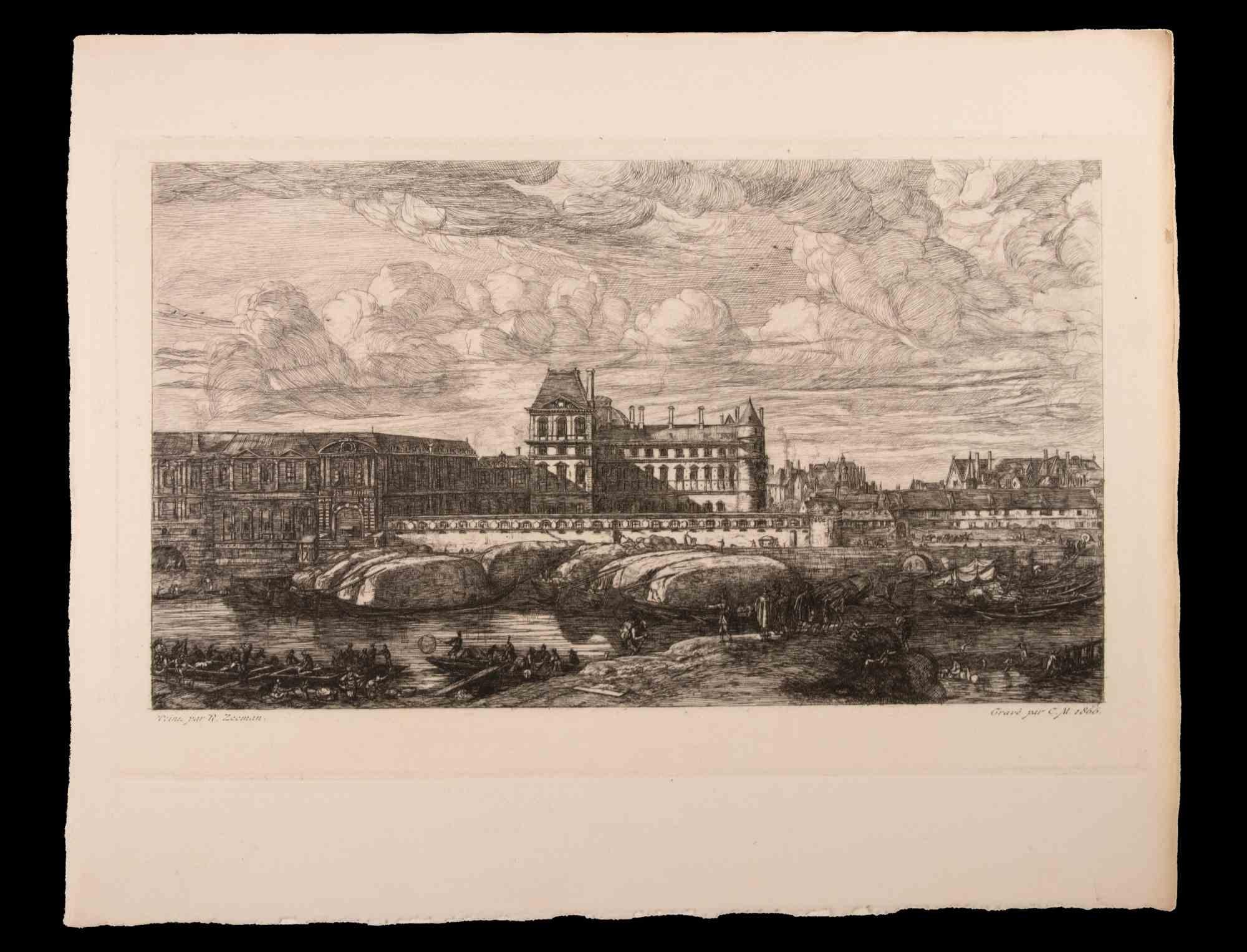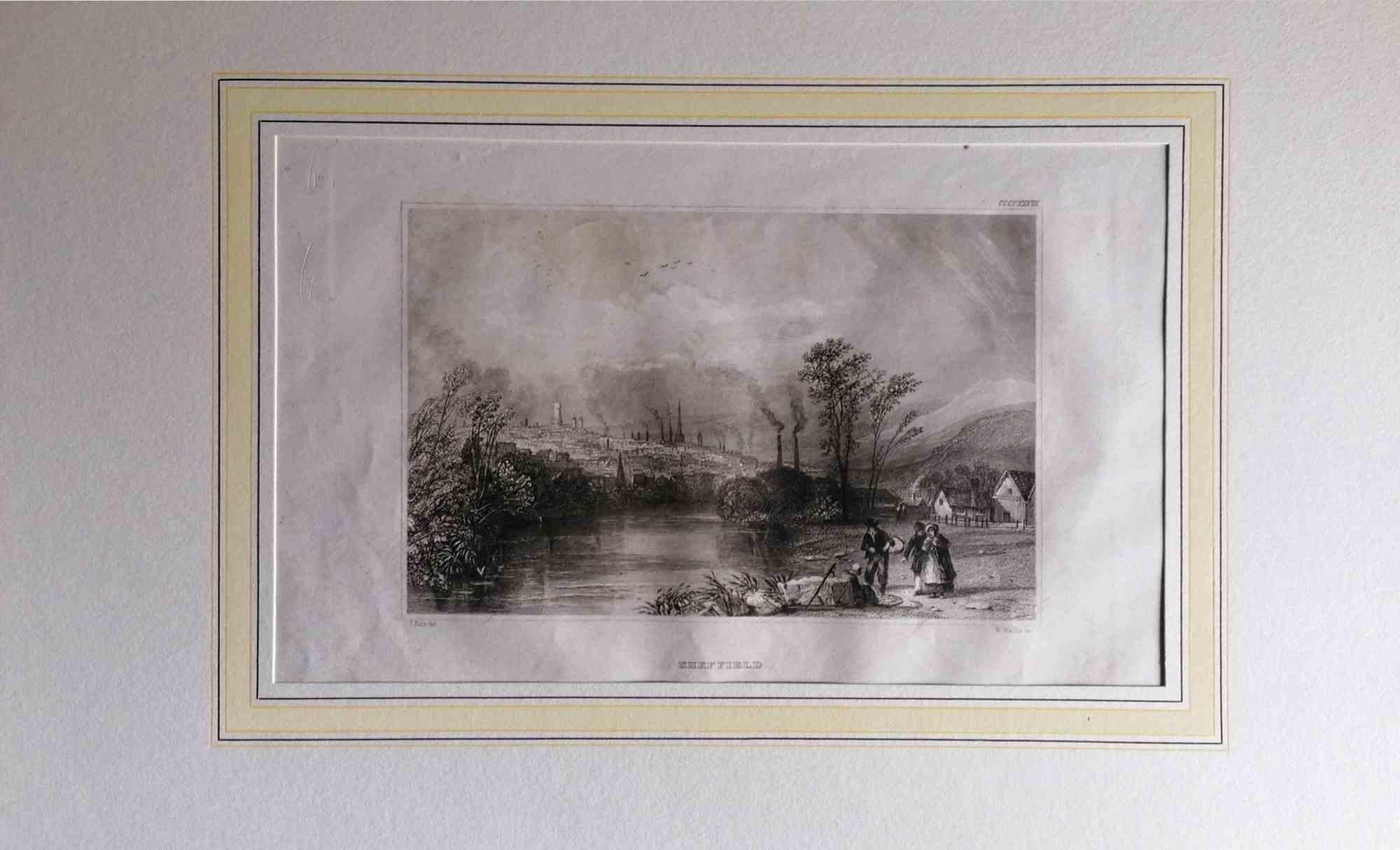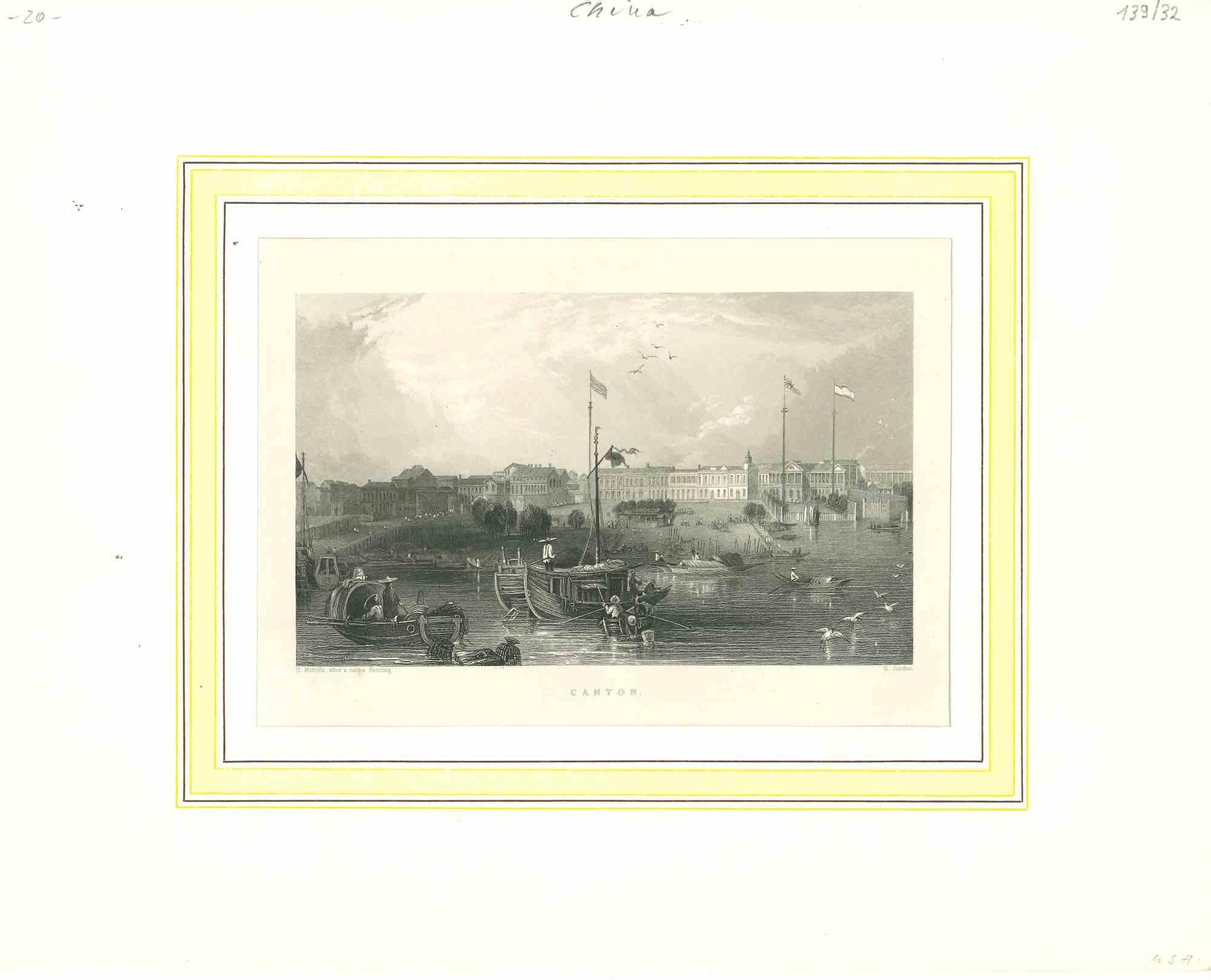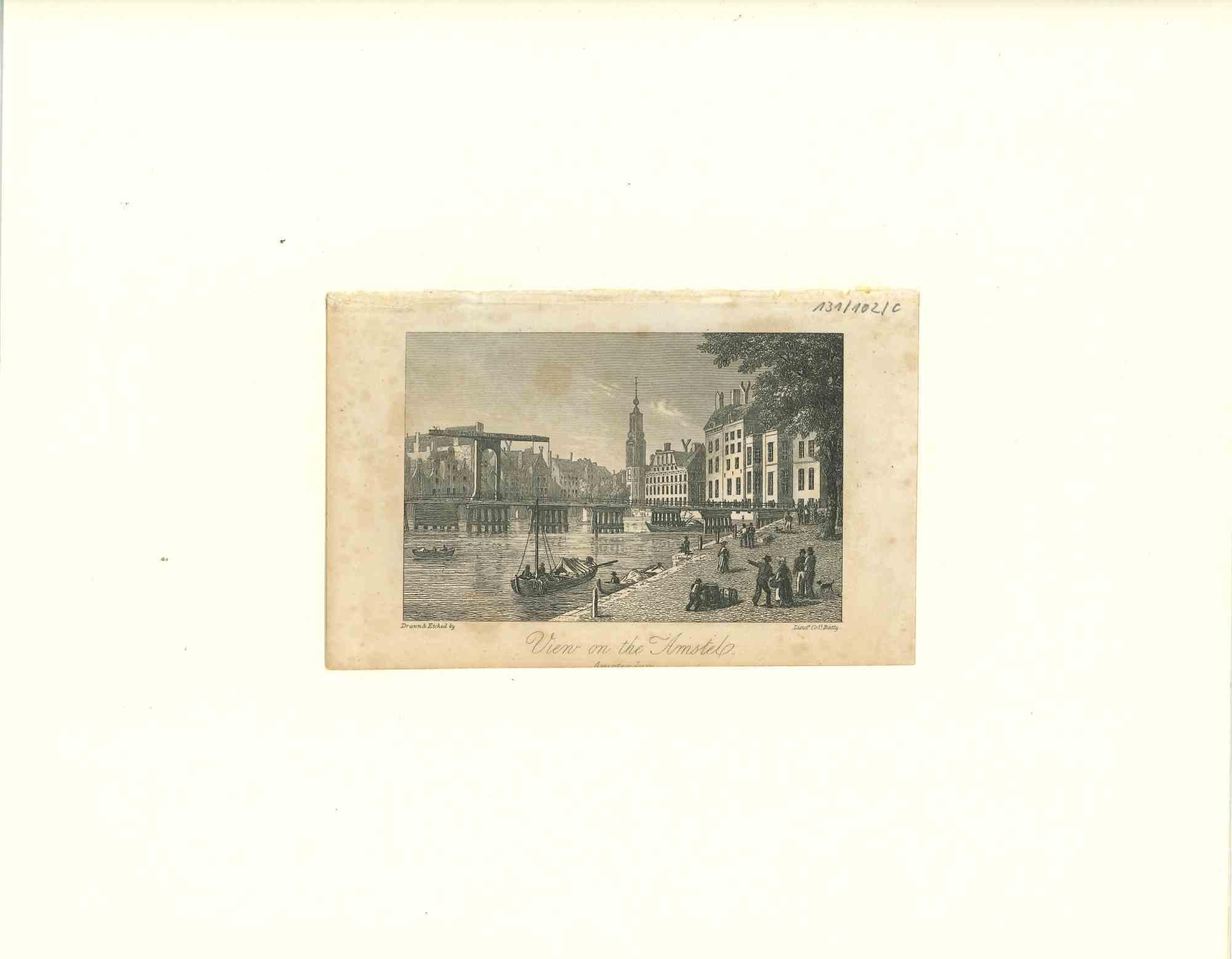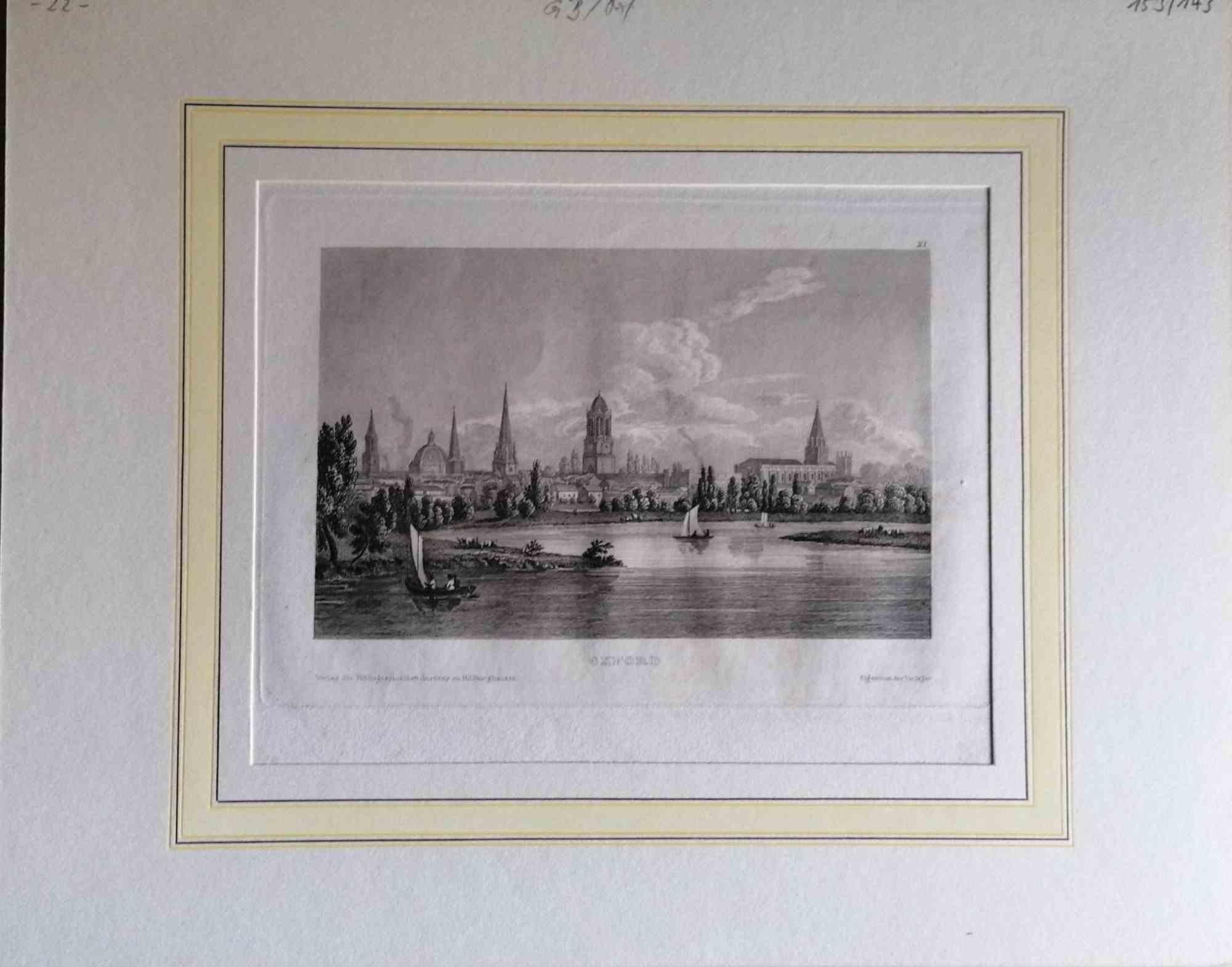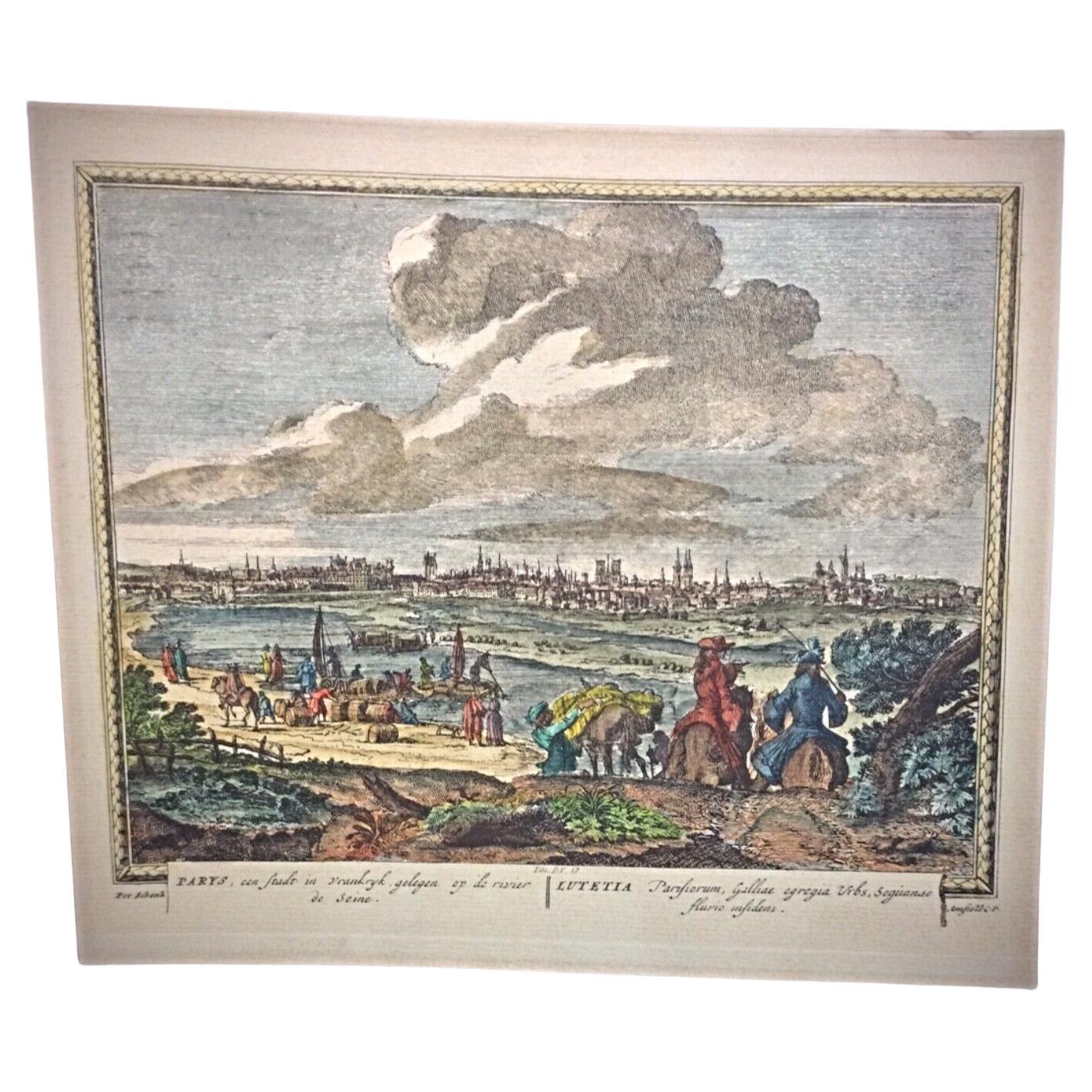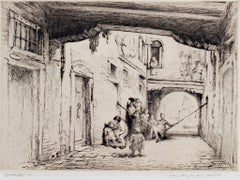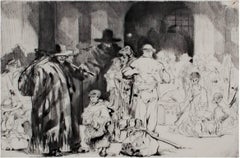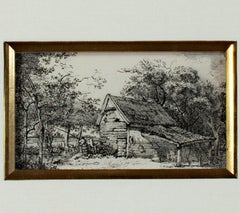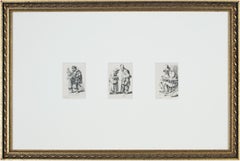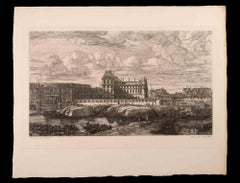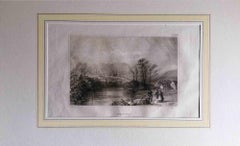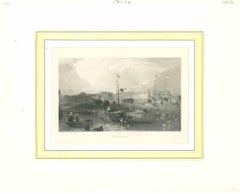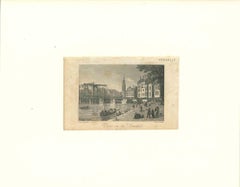Items Similar to 19th century engraving figurative landscape Victorian urban city scene signed
Want more images or videos?
Request additional images or videos from the seller
1 of 10
19th century engraving figurative landscape Victorian urban city scene signed1874
1874
$6,500
£4,908.54
€5,619.83
CA$9,179.70
A$10,022.03
CHF 5,254.14
MX$121,721.46
NOK 65,615.68
SEK 61,958.70
DKK 41,946.02
About the Item
"SEESAW--Gloucester, Massachusetts" is an original wood engraving after Winslow Homer. The artist initialed the piece in the lower right. This print depicts six children on a seesaw and three young girls sitting in front of them.
9" x 13 11/16" art
18 1/2" x 23 1/8" frame
Framed to conservation standards using archival materials including 100 percent rag matting, museum glass, and housed in a toned silver gilt moulding
Winslow Homer (February 24, 1836 -September 29, 1910) was an American landscape painter and printmaker, best known for his marine subjects. He is considered one of the foremost painters in 19th-century America and a preeminent figure in American art.
Largely self-taught, Homer began his career working as a commercial illustrator. He subsequently took up oil painting and produced major studio works characterized by the weight and density he exploited from the medium. He also worked extensively in watercolor, creating a fluid and prolific oeuvre, primarily chronicling his working vacations.
Homer's career as an illustrator lasted nearly twenty years. He contributed illustrations of Boston life and rural New England life to magazines such as Ballou's Pictorial and Harper's Weekly at a time when the market for illustrations was growing rapidly and fads and fashions were changing quickly. His early works, mostly commercial engravings of urban and country social scenes, are characterized by clean outlines, simplified forms, dramatic contrast of light and dark, and lively figure groupings - qualities that remained important throughout his career. His quick success was mostly due to this strong understanding of graphic design and also to the adaptability of his designs to wood engraving.
About the Seller
4.9
Platinum Seller
Premium sellers with a 4.7+ rating and 24-hour response times
Established in 1966
1stDibs seller since 2017
447 sales on 1stDibs
Typical response time: 3 hours
- ShippingRetrieving quote...Shipping from: Milwaukee, WI
- Return Policy
Authenticity Guarantee
In the unlikely event there’s an issue with an item’s authenticity, contact us within 1 year for a full refund. DetailsMoney-Back Guarantee
If your item is not as described, is damaged in transit, or does not arrive, contact us within 7 days for a full refund. Details24-Hour Cancellation
You have a 24-hour grace period in which to reconsider your purchase, with no questions asked.Vetted Professional Sellers
Our world-class sellers must adhere to strict standards for service and quality, maintaining the integrity of our listings.Price-Match Guarantee
If you find that a seller listed the same item for a lower price elsewhere, we’ll match it.Trusted Global Delivery
Our best-in-class carrier network provides specialized shipping options worldwide, including custom delivery.More From This Seller
View All20th century etching figurative landscape city street black and white signed
By Edgar Chahine
Located in Milwaukee, WI
"Venise" is an original etching and chine colle by Edgar Chahine. This is an artist's proof, the third state of the etching, and the artist signed the piece in pencil lower right. Th...
Category
1920s Modern Figurative Prints
Materials
Etching
20th century engraving figurative print interior dramatic black and white signed
By Auguste Brouet
Located in Milwaukee, WI
"Les Emigrants" is an original roller engraving by Auguste Brouet. The artist signed the piece lower right and wrote the edition number (30/50) lower left. This engraving depicts a f...
Category
Early 1900s Modern Figurative Prints
Materials
Engraving
18th century landscape etching pastoral house nature scene detailed ink trees
By John Thomas Smith
Located in Milwaukee, WI
"English Country Fisherman by the Cottage" is an original etching by John Thomas Smith. The miniature etching features a country cottage with a thatc...
Category
1790s Old Masters Landscape Prints
Materials
Paper, Ink, Etching
18th century triptych etching figurative prints small black and white expressive
By Francois Vivares
Located in Milwaukee, WI
François Vivares was known to have produced several copies of images after older masters, such as, in this case, Rembrandt van Rijn. In this set, Vivares reproduces "The Quacksalver" (1635, Bartsch 129), "Beggar man and beggar woman conversing" (1630, Bartsch 164), and "Beggar Seated Warming...
Category
1760s Old Masters Figurative Prints
Materials
Etching
20th century etching figurative urban scene sketch black and white signed
By Auguste Brouet
Located in Milwaukee, WI
"Les Matelassiers (The Mattress Makers)" is an original etching by Auguste Brouet. It depicts people creating a mattress outside. The artist signed the...
Category
1910s Modern Figurative Prints
Materials
Etching
19th century woodcut print figurative Victorian American urban city scene
By Winslow Homer
Located in Milwaukee, WI
"Skating at Boston" is an original woodcut print by Winslow Homer. It depicts a large number of figures figure skating with Boston in the background.
9...
Category
1850s Realist Figurative Prints
Materials
Woodcut
You May Also Like
City Landscape - Original Etching by C. Meryon - 1866
By Charles Meryon
Located in Roma, IT
City Landscape is an Original Etching realized by Charles Meryon in 1866.
The artwork is in good condition included a cream colored cardboard passpartout (35.5x46 cm).
No signature...
Category
Early 20th Century Modern Figurative Prints
Materials
Etching
Sheffield - Original Lithograph - Mid-19th Century
Located in Roma, IT
Sheffield is an original modern artwork realized in the Mid-19th Century.
Original B/W Lithograph on Ivory Paper.
Inscripted on the lower central margin in Capital Letters: Sheffi...
Category
Mid-19th Century Modern Figurative Prints
Materials
Lithograph
Ancient View of Canton - Original Lithograph on paper - Mid-19th Century
Located in Roma, IT
Ancient View of Canton is an original modern artwork realized in Germany in the first half of the 19th Century.
Original B/W Lithograph on Ivory Paper...
Category
1850s Modern Figurative Prints
Materials
Lithograph
Ancient View of Amstel - Original Lithograph on Paper - Early 19th Century
Located in Roma, IT
View on the Amstel is an original modern artwork realized in Italy in the first half of the 19th Century.
Original Lithograph on Ivory Paper.
Inscripted on the lower margin: View...
Category
Early 19th Century Modern Figurative Prints
Materials
Lithograph
Ancient View of Oxford - Original Lithograph - Mid-19th Century
Located in Roma, IT
Ancient View of Oxford is an original modern artwork realized in the Mid-19th Century.
Original B/W Lithograph on Ivory Paper.
Inscripted on the lower central margin in Capital Le...
Category
Mid-19th Century Modern Figurative Prints
Materials
Lithograph
Early 20th Century or Earlier Lithograph/Engraving by P. Schenk - 2Y311
Located in Bordeaux, FR
This beautiful lithograph or engraving, attributed to the artist P. Schenk, presents a timeless piece of art from the early 20th century or possibly earlier. The artwork displays int...
Category
Early 20th Century French Antiquities
Materials
Paper
$281 Sale Price
55% Off
More Ways To Browse
19th Century Engravings
Antique Seesaw
Oldrich Kulhanek
Otto Kuhler On Sale
Pablo Picasso Etching 1966
Pablo Picasso La Ronde De La Jeunesse
Pablo Picasso Serie
Pablo Picasso Serigraph
Pamela Bianco
Paolo Toschi
Paris Street Scene Lithograph
Paul Stewart
Pe Felix
Peter Mats
Peter Max 1971
Peter Max 1973
Picasso Ecuyere
Picasso Farol
